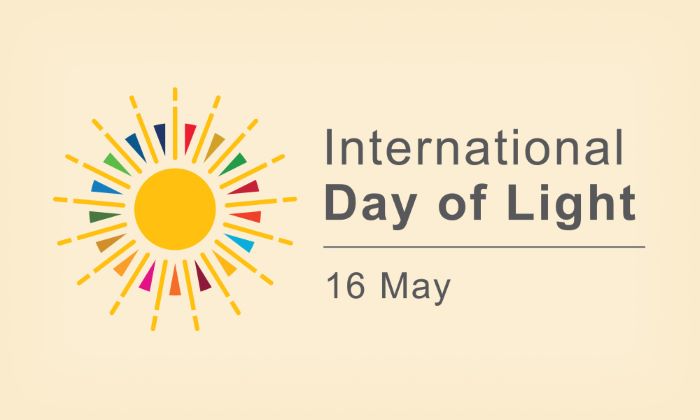May 16 is the International Day of Light. Contrary to popular belief, the light bulb was invented long before Thomas Edison patented it. Edison only made it possible for the light bulb to be manufactured commercially.
In 1802, Humphrey Davy invented the electric arc lamp. However, the arc lamp was not a practical lighting source as it was too bright for domestic or work uses, and it burned out quickly.
In 1850, Joseph Swan solved one of the problems that electric lamp inventors have encountered over the years: the cost-effectiveness of the lamp’s filament. In 1878, he patented his electric lamp in the United Kingdom. Swan’s invention, like Davy’s arc lamp, was impractical due to the inefficiency of its vacuum pumps. When Edison discovered the flaw in Swan’s electric lamp, he made improvements and presented his light bulb in December 1879.
Edison and Swan later formed an alliance called Edison-Swan United, which grew to become the world’s largest light bulb manufacturer. In the early 1960s, Nick Holonyak, an employee at General Electric, accidentally invented the red LED light and patented it. In the early 1990s, Japanese and American scientists Isamu Akasaki, Hiroshi Amano, and Shuji Nakamura created the blue LED and were awarded the 2014 Nobel Prize in Physics for it.
Today, lighting continues to become more advanced and sophisticated, with the ability to light up homes and streets wirelessly. Incandescent light bulbs are also being phased out, with halogen, LED, and OLED alternatives taking their place.
Important dates in light history include 1802, 1879, 1990, 2014, and 2020's remote and wireless lighting options.
